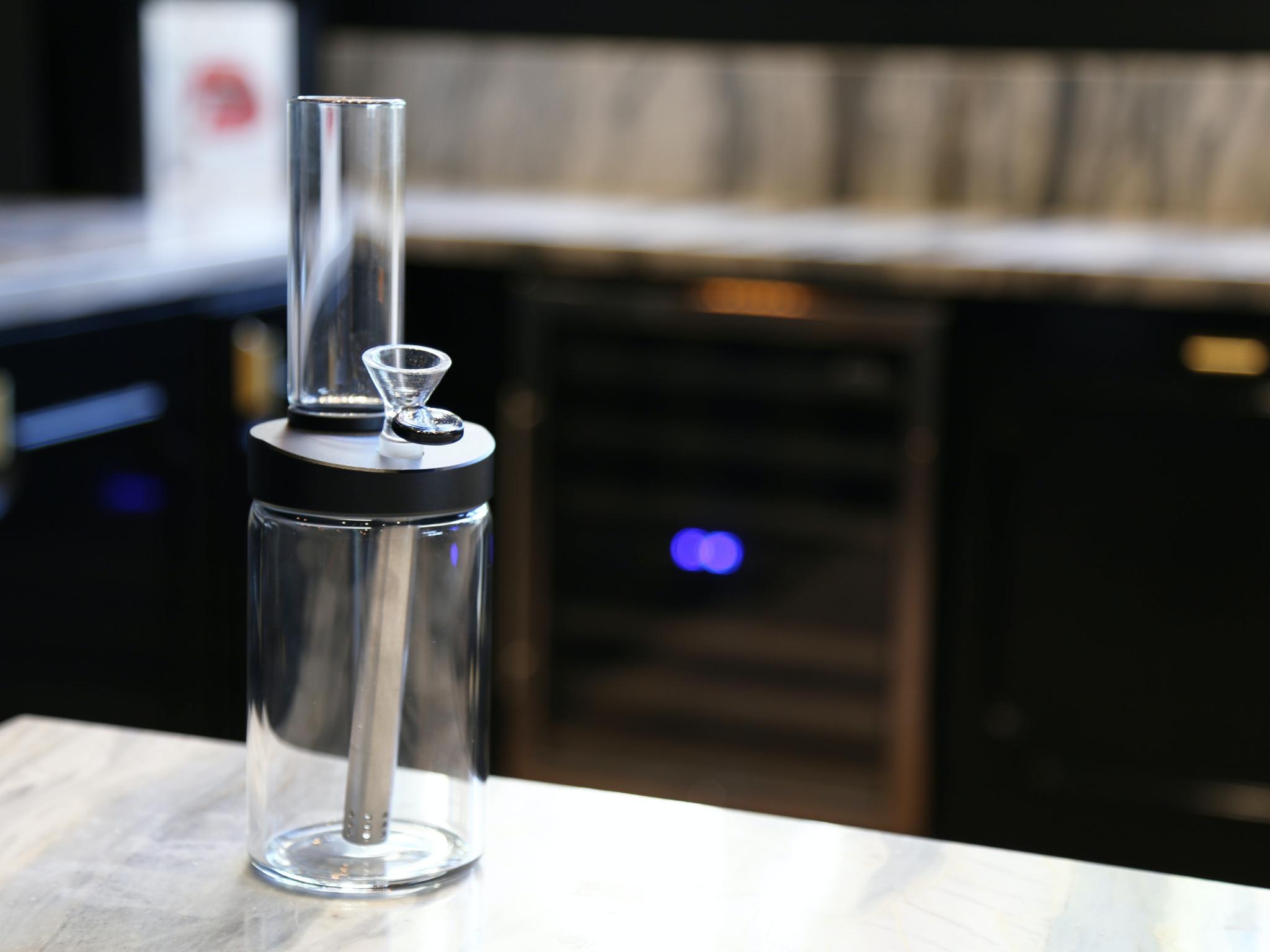
It's no secret that secondhand tobacco smoke is a health hazard. It contains hundreds of chemicals known to be toxic or carcinogenic and causes over 41,000 deaths per year, according to the American Lung Association.
The list of health conditions and serious illnesses tobacco triggers in smokers, as well as nonsmokers, is long.
Staggering data collected by the Centers for Disease Control and Prevention (CDC) indicate that over 8,000 stroke deaths can be attributed to secondhand smoke, 7,300 deaths from lung cancer and nearly 34,000 premature deaths from heart disease annually in the United States among non-smokers.
Smoke Dangerously Hangs Around
Particles from the mixture of exhaled smoke released by the burning of tobacco products, such as cigarettes, cigars or pipes settle in dust and on surfaces and remain there long after the smoke has evaporated, research showed.
What About Secondhand Cannabis Smoke?
Researchers at the University of California, Berkeley found that secondhand marijuana smoke is more harmful than secondhand tobacco smoke, reported USA Today.
The study, published in JAMA Network Open, found that nonsmokers may be exposed to air pollutants at concentrations equal to twice federal air quality limits.
An aerosol monitor positioned where a bystander might sit measured the air quality - more precisely, fine particulate matter (PM2.5) - of a bong smoker’s living room where a group of young adults smoked cannabis over the course of two hours. The instrument recorded PM2.5 levels before, during and after eight sessions.
The results showed that cannabis bong smoking increased PM2.5 from background levels by at least 100-fold. Moreover, after the initial 15 minutes of smoking, PM2.5 concentration - which can travel deep into the respiratory tract and impact lung function - significantly exceeded air quality levels considered safe by the Environmental Protection Agency.
Don’t Smoke Indoors
During his senior year, UC Berkeley graduate and fellow Patton Nguyen conducted the study - overseen by Katharine Hammond, a professor at UC Berkeley School of Public Health continued the research and came to this conclusion: “Don’t smoke indoors,” Nguyen said. “Understand that you could be affecting others and just be aware that there is a public health concern with bong smoking,”
PM2.5 concentrations from cannabis bong smoke were four times the amount of the air matter than from smoke produced by tobacco.
“There’s very little research in this area,” said Dr. Silvia Martins, professor of epidemiology and director of the Substance Use Epidemiology Unit at Columbia University Mailman School of Public Health. “This (study) is one of the first in a controlled environment.”
Photo: Courtesy of Smoke Honest on Unsplash







